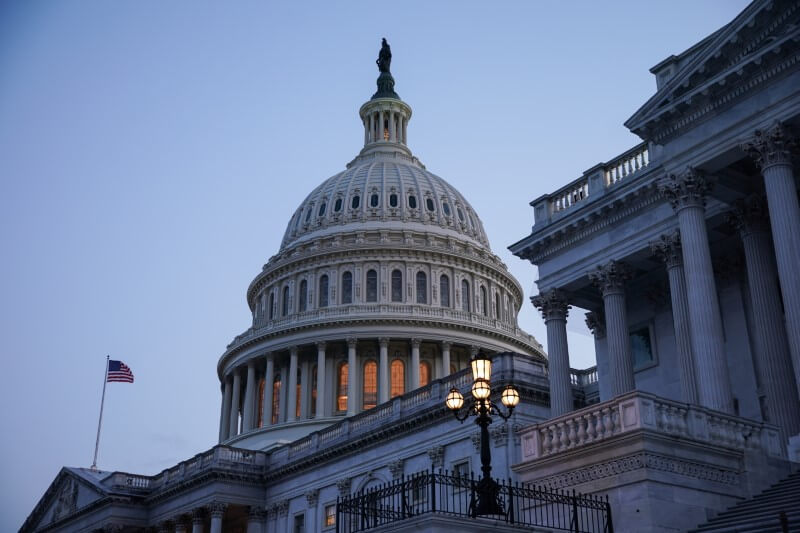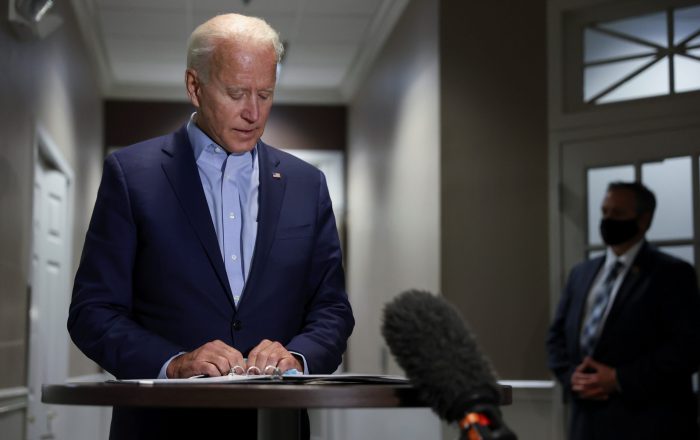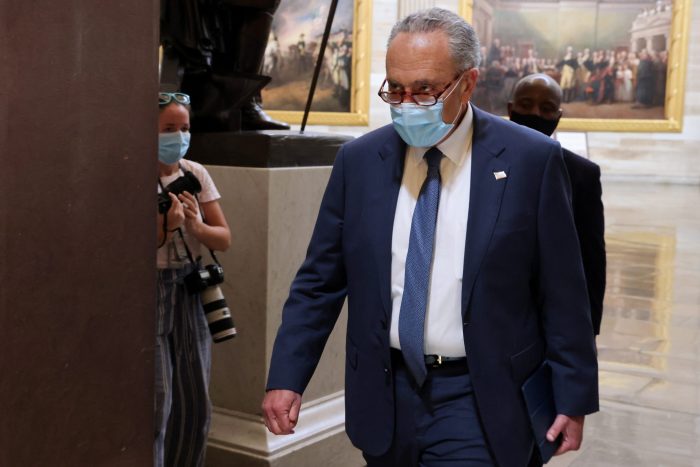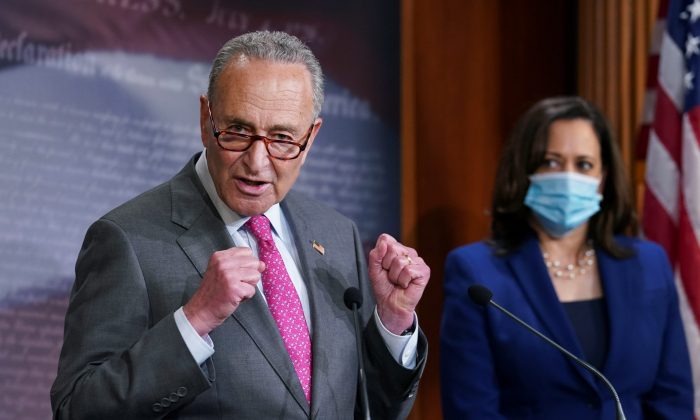Having passed President Joe Biden’s $1 trillion infrastructure bill with bipartisan support, U.S. Senate Democrats are moving on to the even more ambitious goal of approving $3.5 trillion in spending on climate measures and social programs.
The party, which holds the thinnest-possible Senate majority, doesn’t expect Republican support for that sprawling initiative, leaving it to turn to a maneuver known as budget reconciliation for a second time this year.
WHAT IS RECONCILIATION?
It’s an instrument for the Senate majority to ram through legislative priorities over minority opposition.
The reconciliation procedure enables the 100-member Senate to pass measures with a simple majority vote, instead of the 60 votes required by Senate rules to stop debates known as “filibusters.” That means Democrats, who currently have 50 Senate seats, don’t have to try to get at least 10 Republicans to vote with them. Democratic Vice President Kamala Harris can break a tie, giving the party a majority.
WHEN AND WHY WAS RECONCILIATION CREATED?
Reconciliation came into being as part of the Congressional Budget Act of 1974. It was designed to enable lawmakers to adjust spending or revenues to comply with a budget blueprint without supermajority support.
The law was one of several Congress passed in the 1970s establishing exceptions to the 60-vote filibuster rule. Others included fast-track procedures for Congress to approve trade agreements, or to limit the president’s ability to commit troops overseas.
HOW HAS RECONCILIATION BEEN USED?
Reconciliation has become a favored route to enable a president to pass trademark legislation. It has been used over 20 times since 1980.
Former President Bill Clinton, a Democrat, used reconciliation to raise taxes; Republicans George W. Bush and Donald Trump used it to cut them. Barack Obama, a Democrat, used it to help create the Affordable Care Act, also known as Obamacare.
Biden has already used reconciliation to pass a $1.9 trillion COVID-19 aid package.
But majority parties can’t use the process all the time. Legislation has to have a direct budgetary impact to qualify. And reconciliation generally has not been utilized more than once a year.
Biden’s Democrats can use reconciliation again this calendar year because their previous use was connected to the fiscal 2021 budget; now they will switch to preparing the fiscal 2022 budget.
HOW DOES RECONCILIATION WORK?
First, the House and Senate pass budget resolutions with “reconciliation instructions” for committees. Senate Democrats want to pass this resolution before going home for their August break. Budget resolutions tell committees to draft legislation embodying the program to be passed through reconciliation.
The program is expected to include $3.5 trillion worth of environmental and social programs promised by Biden, such as clean energy requirements for utilities, free community college, extending the child tax credit and paid family and medical leave.
Democrats also want to expand Medicare to cover dental, hearing and vision benefits, and to provide legal status to some immigrants. Higher taxes on corporations and the wealthy are expected to be included to finance the bill.
Once the committees have drafted the legislation, the Senate parliamentarian can identify items that should be stripped out because they look more like regulatory initiatives than fiscal matters. This happened in February when the parliamentarian ruled that a $15-an-hour federal minimum wage should not be included in the COVID-19 aid reconciliation bill.
Generally the parliamentarian’s rulings are respected by the majority. Senators would need 60 votes to overturn it.
Before the final Senate vote there’s a session called the “vote-a-rama” in which amendments can be offered endlessly. This continues until the parties agree to stop.
PARTY UNITY REQUIRED AT THE FINISH LINE
In the end, the majority must stick together to pass the reconciliation bill. Democrats currently need all their members to pass one. At least two moderate Senate Democrats have expressed concerns about it.
Senator Kyrsten Sinema infuriated progressives in July by saying she could not support the expected $3.5 trillion price tag, although she said she would support “beginning this process.” That suggested she would vote for moving forward with the budget resolution and then try to bring down the cost.
Senator Joe Manchin has not committed to voting for the reconciliation package, telling CNN on Aug. 1 that he could not guarantee that it would pass. “I really can’t guarantee anybody,” he said.


































